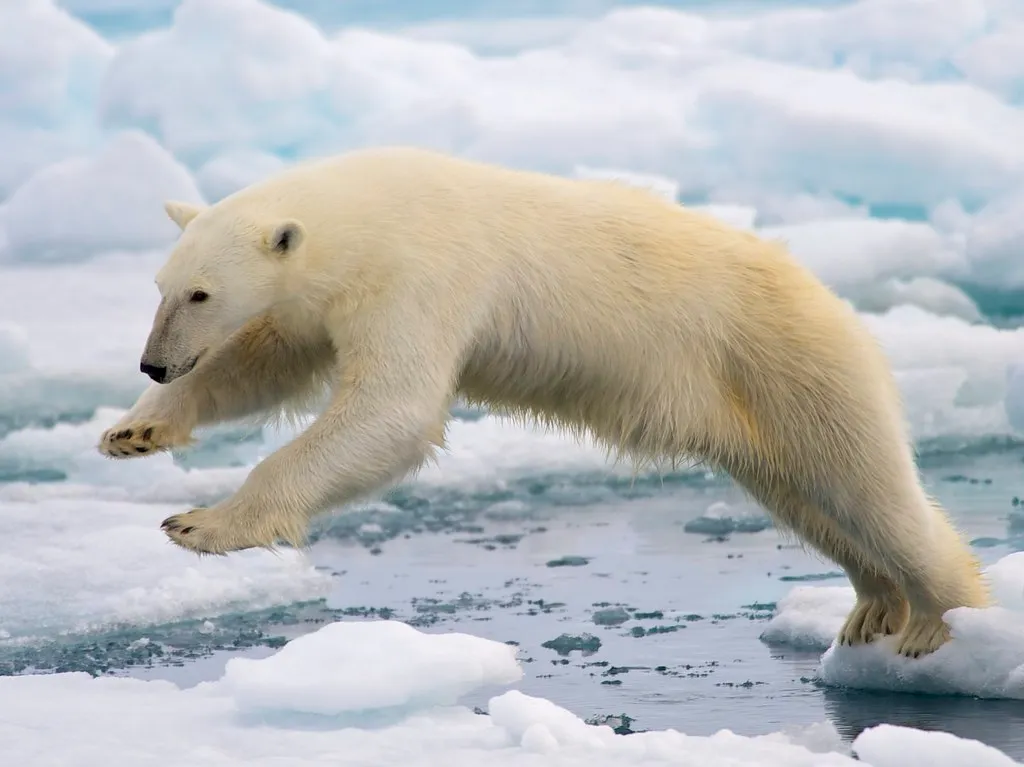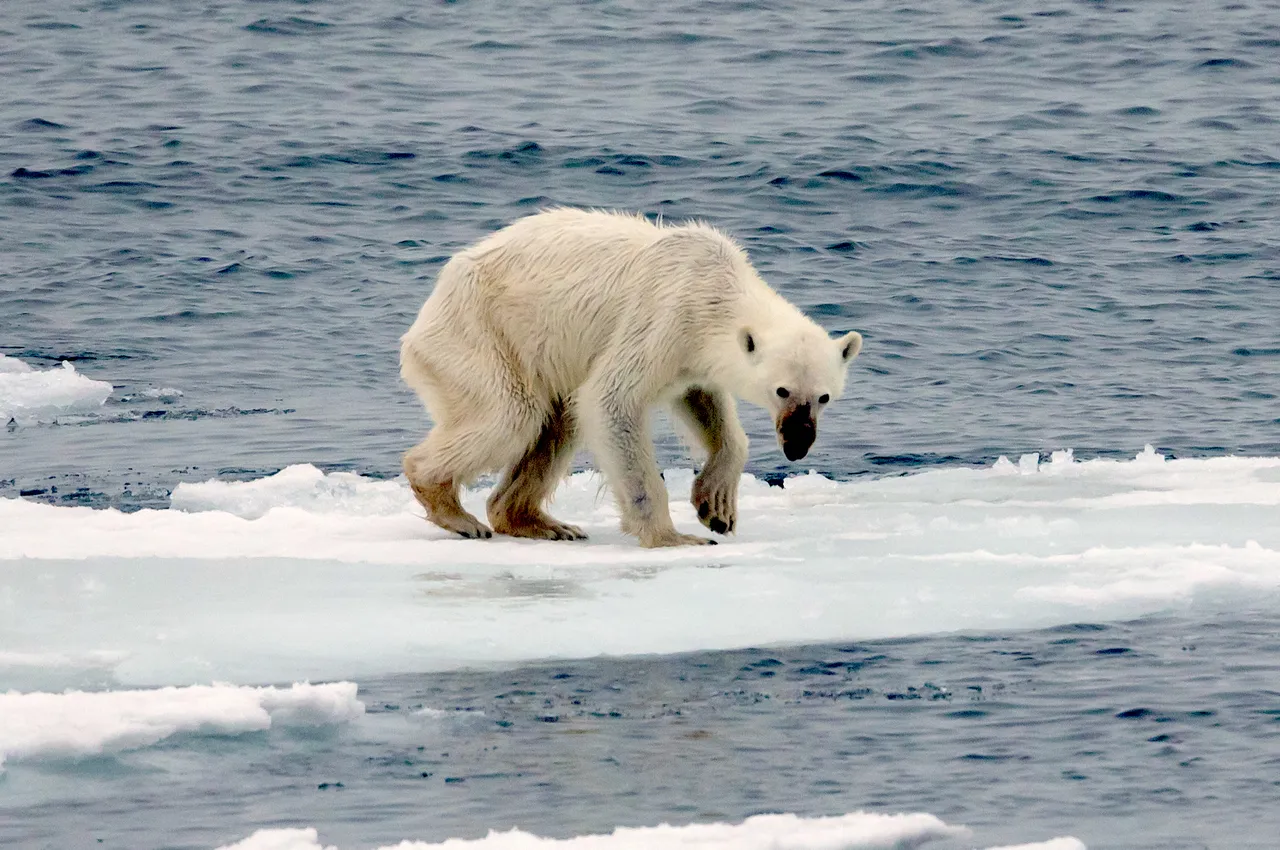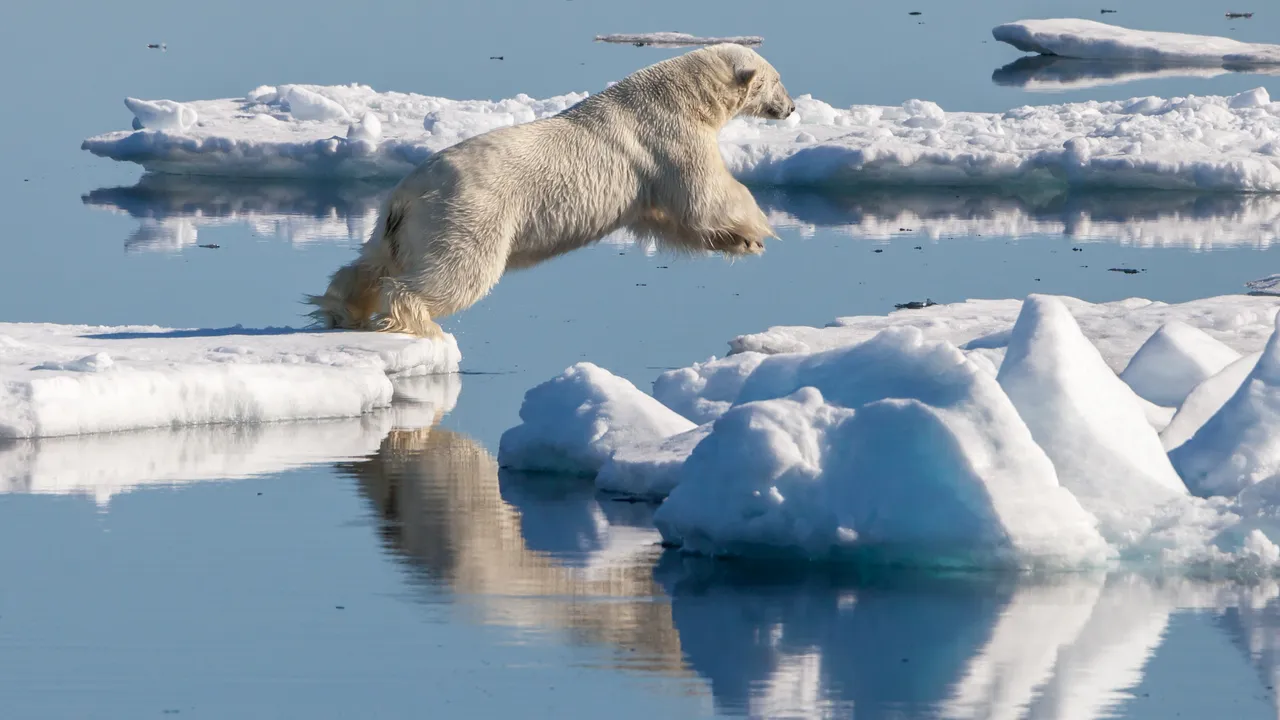Climate change is having a profound impact on our planet, affecting both humans and animals alike. Some species of animals can adapt quickly to new environmental conditions, while others cannot. The world's habitat and wildlife have faced serious and even catastrophic changes. The adverse increase in temperature can trigger the collapse of already fragile ecosystems and a huge wave of extinction, too.
The strong effect that climate change brings can be seen during the fall migration season, it is during this season that landscapes begin to shift and animals begin to make preparations ahead for the winter months. During a warmer month, there would be an earlier plant bloom, therefore bringing changes in ecosystems and animal migration patterns.
The temperature of the Earth is found to be around 1.1. degree Celsius warmer than it used to be in the 1800s, based on the current predictions, global temperatures are believed to still rise by 2.7 degrees Celsius by the time the century ends. A change in one area of the climate contributes to changes in other areas where animals can feel the impacts.
Here are some of the biggest climate-driven threats to wildlife, which lead to habitat loss. When the temperature rises significantly, food sources, vegetation, access to water, and much more are affected. This will make the ecosystem inhabitable for some animals, forcing wildlife to migrate outside of their usual patterns when they go in search of food and a comfortable place to live, which also leads to the death of animals.
The emergence of natural disasters has increased significantly, in terms of droughts, wildfires, and hurricanes; these disasters have created loss of life, pets, and wildlife. With the combination of these challenges, animals usually go extinct. Animals who are more vulnerable, including those who are already close to extinction, will usually face the biggest threats.
Fish are noticed to have started changing their habitats. As the oceans get warmer, different species have started to move towards the north in search of cooler water, and in some parts of the world, this has become a disastrous situation. Climate change is making birds experience a behavioral shift as well. Scientists have made it known that birds are migrating west from the east. It is unclear why this is happening, but it is a result of rising global temperatures.
This season of migration also comes with the spread of disease as they move along. Bird flu, for instance, is a good example of an easy spread that moves along with birds as they are introduced to new birds in a new environment. With ocean acidification happening, animals with skeletons or shells are having to work extra hard to repair their bodies. Additional energy is exerted for these injuries to heal instead of that energy being used for reproduction or an increase in size.
There is a complex form of interaction that exists between global warming and the effect it causes on wildlife and the ecosystem. Climate change could produce serious damage to the health of wildlife as well as that of humans. Even a little temperature change could bring about severe danger; hopefully, we begin to take the warnings that come with how we can control/manage these temperature changes.


